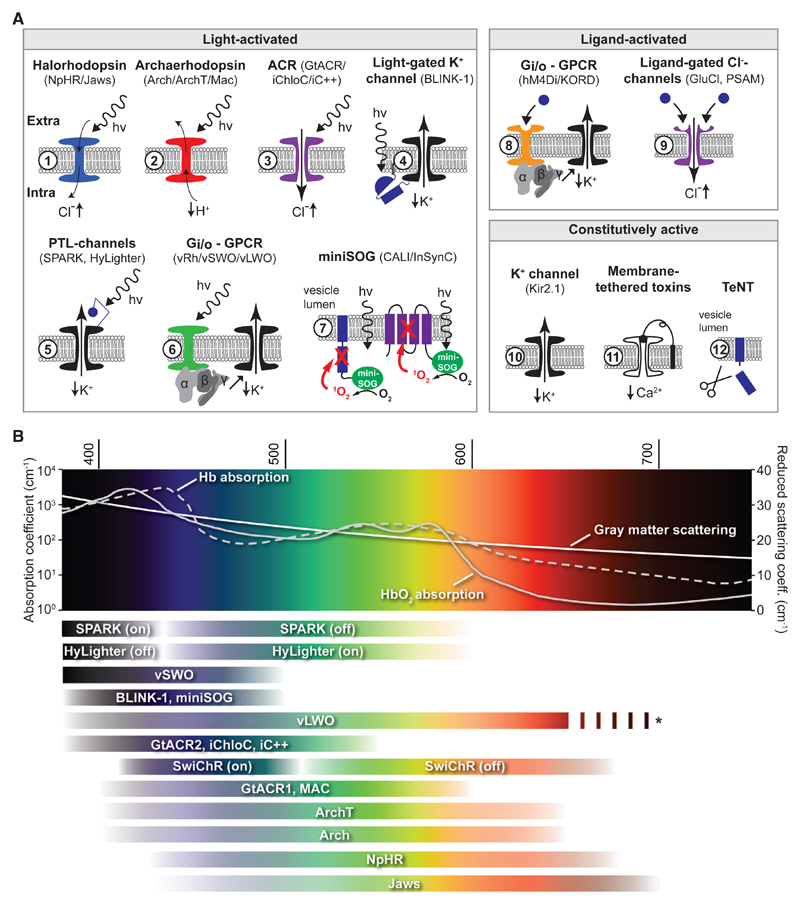Figure 2. Genetically Encoded Silencing Tools.
(A) Overview of genetically encoded silencing tools, grouped according to their mode of activation. The group of light-activated silencing tools comprises rhodopsin ion pumps (1–2), anion channelrhodopsins (ACRs) (3), LOV-domain-activated potassium channels (4), ion channels coupled to photoswitched tethered ligands (PTL) (5), potassium channels downstream of G-protein-coupled receptor (GPCR) signaling (6), and the synaptic vesicle proteins VAMP-2 (blue) or synaptophysin-1 (violet) (7). In the latter case, chromophore-assisted light inactivation (CALI) of those proteins is achieved via singlet-oxygen generation through miniSOG. The ligand-activated tools consist of GPCRs (8) and chloride channels activated by highly selective, otherwise inert ligands (9). Although GPCRs mainly act through G-protein-coupled inward-rectifying potassium (GIRK) channels, they also recruit other mechanisms (see Main Text). The third group consists of tools that are permanently active when expressed (10–12).
(B) Approximate action spectra of light-activated silencing tools. Hemoglobin light absorption (μ10) and gray matter scattering drastically decrease toward longer wavelengths. Values for hemoglobin absorption from: http://omlc.org/spectra/hemoglobin/summary.html. Gray matter scattering was estimated using the following function: 2.37*(λ/500 nm)−1.15 (from Liu et al., 2015). Below are action spectra of the indicated tools. Color saturation of the horizontal bars scales approximately with relative absorption. * The action spectrum of vLWO was maximal at the highest wavelength tested and is likely to extend farther into the near-infrared range.

